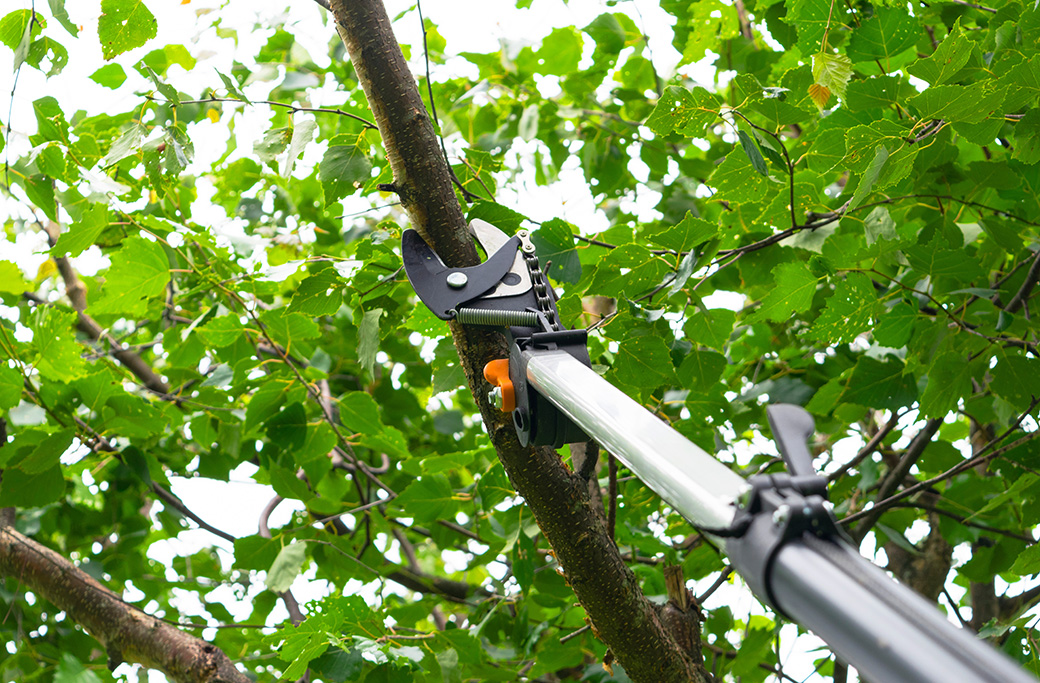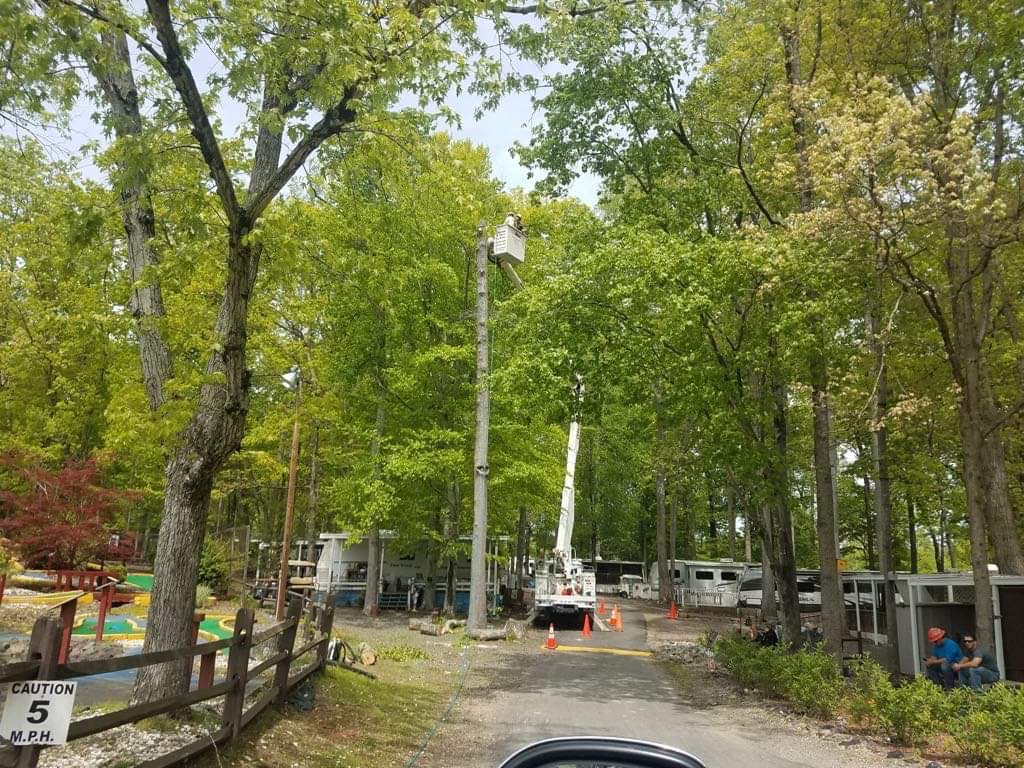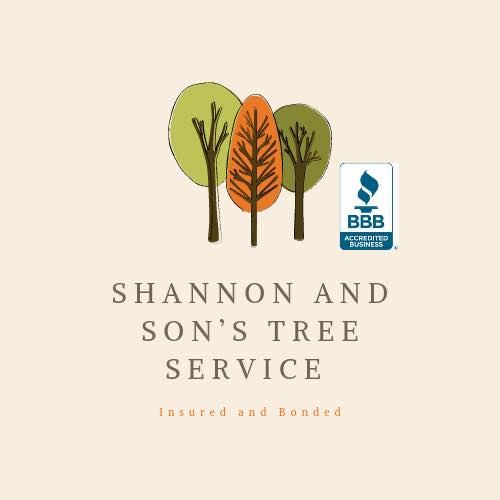Trees are a vital part of any landscape, providing shade, beauty, and a habitat for wildlife. However, just like any other part of your property, they require regular maintenance to stay healthy and safe. One of the most important aspects of tree care is pruning, and timing is everything when it comes to pruning trees. Late summer is the perfect time for this task, offering significant benefits to your trees.
Why Late Summer is Ideal for Tree Pruning
Understanding Tree Growth Patterns
Late summer is an excellent time for tree pruning due to the tree’s growth patterns. During this period, trees have finished their vigorous spring and early summer growth. This means they are in a more dormant state, which reduces the stress on the tree when pruning. Pruning during this time allows trees to heal more efficiently, minimizing the risk of disease and pest infestations.
Weather Considerations
Late summer offers favorable weather conditions for pruning. The warmer and drier climate helps prevent the spread of pathogens that thrive in wet conditions. Additionally, the moderate temperatures make it comfortable for homeowners to spend time outside working on their trees. By pruning in late summer, you can take advantage of these optimal conditions to ensure your trees remain healthy and robust.
Preparing for Fall and Winter
Pruning in late summer also prepares your trees for the upcoming fall and winter months. Removing dead or weakened branches reduces the risk of them breaking off during storms or heavy snow, which can cause damage to your property or pose a safety hazard. By addressing these issues before fall, you can protect both your trees and your home from potential harm.
Benefits of Tree Pruning Before Fall
Enhancing Tree Health
Pruning is essential for maintaining tree health. By removing dead, diseased, or damaged branches, you allow the tree to allocate its resources more efficiently. This promotes new growth and strengthens the overall structure of the tree. Moreover, pruning enhances air circulation and sunlight penetration within the canopy, thereby reducing the risk of fungal infections and other diseases.
Ensuring Safety
Safety is a significant concern when it comes to trees on your property. Overgrown or weakened branches can pose a danger to your home, vehicles, and even people. Pruning before fall reduces the risk of branches falling during storms or high winds. It also helps maintain clear pathways and driveways, ensuring safe access to your property.
Improving Appearance
A well-pruned tree not only promotes health and safety but also enhances the visual appeal of your landscape. Pruning helps shape the tree, giving it a more aesthetically pleasing appearance. By removing overgrown or unsightly branches, you can create a more balanced and attractive look for your property. This can significantly increase curb appeal and property value.
Common Misconceptions About Tree Pruning
Pruning Hurts the Tree
One common misconception is that pruning harms the tree. However, when done correctly, pruning is beneficial and necessary for tree health. Proper pruning techniques ensure that cuts are made in a way that promotes healing and minimizes stress. It is essential to understand that neglecting pruning can lead to more severe problems in the long run.
Any Time is Good for Pruning
Another misconception is that you can prune trees at any time of the year. While some minor pruning can be done year-round, significant pruning efforts are best carried out during specific times, such as late summer. Pruning during the wrong season can lead to increased stress, susceptibility to disease, and poor recovery.
DIY Pruning is Always Enough
While DIY pruning can be effective for minor maintenance, some tasks require the expertise of a professional. Large branches, high trees, or trees near power lines should always be handled by trained arborists. Professionals have the knowledge and equipment to perform pruning safely and efficiently.
How to Identify Trees Needing Pruning
Signs of Dead or Diseased Branches
One of the most apparent signs that a tree needs pruning is the presence of dead or diseased branches. Look for branches that are brittle, have no leaves, or show signs of decay. Removing these branches is crucial to prevent the spread of disease and to encourage healthy growth.
Overgrown or Crossing Branches
Overgrown or crossing branches can lead to damage and poor growth. Branches that rub against each other can create wounds, making the tree susceptible to infections. Pruning these branches ensures that the tree can grow in a healthy and structured manner.
Obstructions and Safety Hazards
Branches that obstruct pathways, driveways, or visibility should be pruned to ensure safety. Additionally, branches that hang over your home or other structures pose a risk and should be addressed promptly. Pruning these branches can prevent potential damage and accidents.
DIY vs. Professional Pruning
DIY Pruning Tips
If you decide to take on some pruning tasks yourself, it’s essential to follow best practices to ensure the health of your trees. Use clean, sharp tools to make precise cuts, and avoid removing more than 25% of the tree’s foliage at once. Always make cuts just outside the branch collar to promote proper healing.
Knowing When to Call a Professional
While DIY pruning is suitable for small tasks, some situations require professional help. If the tree is too large, close to power lines, or requires significant limb removal, it’s best to call in a certified arborist. Professionals have the expertise and equipment to handle these tasks safely and efficiently.
Choosing the Right Professional
When hiring a professional, ensure they are certified and have experience with tree pruning. Look for reviews and ask for references to ensure you’re hiring a reputable service. A certified arborist from Shannon & Sons Tree Service can provide expert care for your trees, ensuring they remain healthy and beautiful.
Prep Your Trees for Fall: Essential Guide to Pruning
Pruning your trees before fall is a crucial step in maintaining their health, safety, and appearance. Late summer offers the ideal conditions for this task, allowing your trees to heal and prepare for the upcoming seasons. By understanding the benefits of tree pruning and following best practices, you can ensure your trees thrive year-round.
Take action today and give your trees the care they deserve. If you’re unsure where to start or need professional assistance, Shannon & Sons Tree Service is here to help. Contact us to schedule a consultation and ensure your trees are in the best possible hands.



